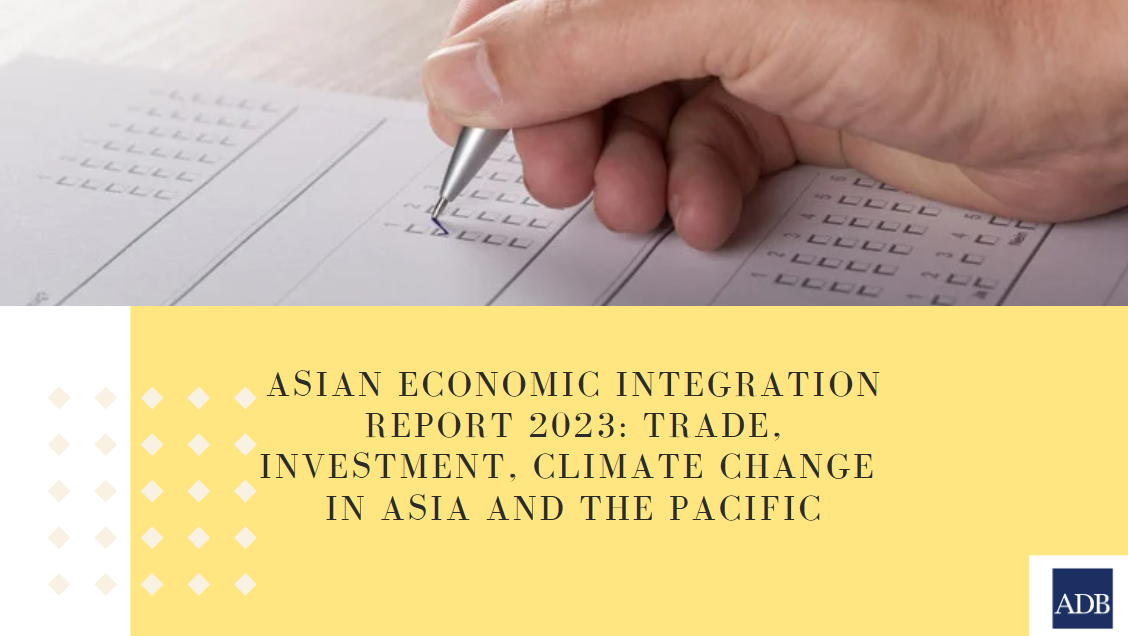Climate tech 2.0: social efficiency versus private returns
Summary
Focus
Technology can play a crucial role in combating climate change, but to finance breakthroughs, large volumes of private and public capital are needed. What are the implications of these investments from a social efficiency perspective? And what has their financial performance been?
Contribution
This paper addresses three questions. The first concerns the social efficiency of climate tech investing: does the market channel capital towards (mature) technologies that have a higher potential to reduce CO2 emissions in the short to medium run? Second, is capital geared towards companies that develop new technologies? And third, what is the performance of investments targeted at innovative climate tech companies? This third question touches upon the problem of the alignment of public and private goals in this context. To shed light on these issues, we use detailed deal-level data covering all private deals by climate tech companies in the US over 2005–21. While previous studies evaluated mature markets, our analysis offers insights on the efficiency of capital allocation for a new sector that has been maturing over the past 20 years. We show that investors in "climate tech 2.0" (2014–21) have learned lessons and gained experience from climate tech 1.0 (2005–11). Moreover, the investor base has shifted towards specialist funds, which may be more attentive to innovation activity and able to better assess patents' quality.
Findings
Our main finding is that private investors channel more capital towards mature technologies with a high emission reduction potential (ERP). In contrast, funds invested by the US government are channelled towards nascent low-ERP sectors that receive less private capital. While taken individually, these sectors have a low ERP score, but together their impact is potentially significant. We also show that, as the government supports these sectors and as the market expands, they attract more private capital. We uncover important changes in the population of companies that tap the market, and in the investor base, over time. We trace the improvement in the allocative efficiency of private capital to an increase in the proportion of mature companies, a shift towards less capital-intensive software solutions and more participation of better informed investors.
Abstract
Billions of dollars in private and public capital have poured into climate tech in the United States since 2005. This raises questions around the social efficiency and financial performance of these investments. We find that more private capital is allocated to technologies with a higher emission reduction potential and that investors have prioritised more mature technologies. Moreover, more private capital is directed to innovative companies as the sector matures and grows and financial frictions abate. Higher allocative efficiency of investments is in turn associated with better financial performance, both at the company level and at the investor level. US government subsidies have been allocated more to technologies attracting less private capital. Their crowding-in effect is greater when allocated to nascent technologies that are not yet patented.
By
Giulio Cornelli, Jon Frost, Leonardo Gambacorta and Ouarda Merrouche






















































First, please LoginComment After ~